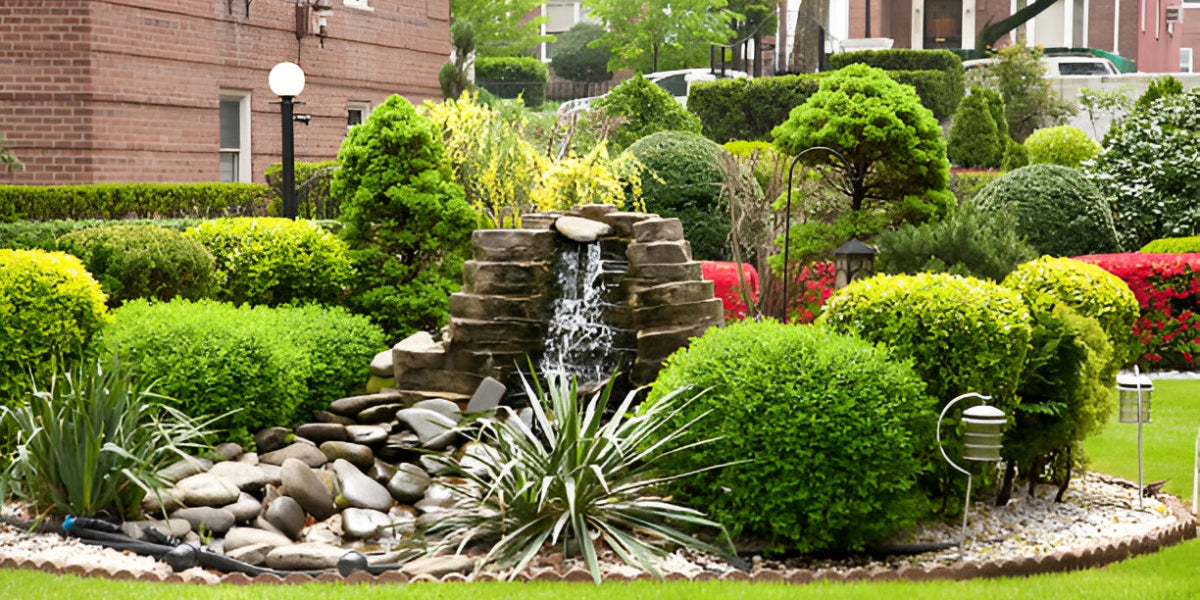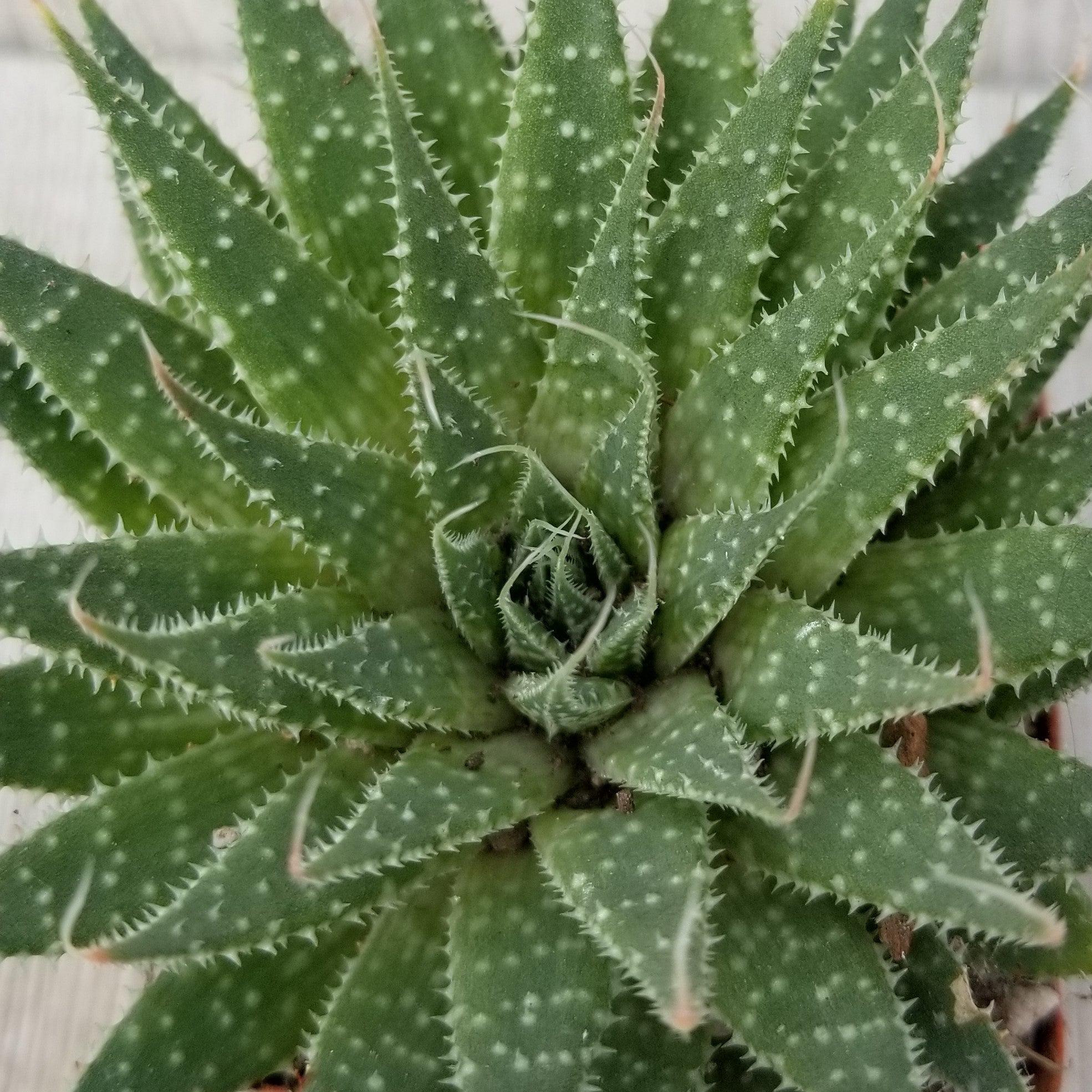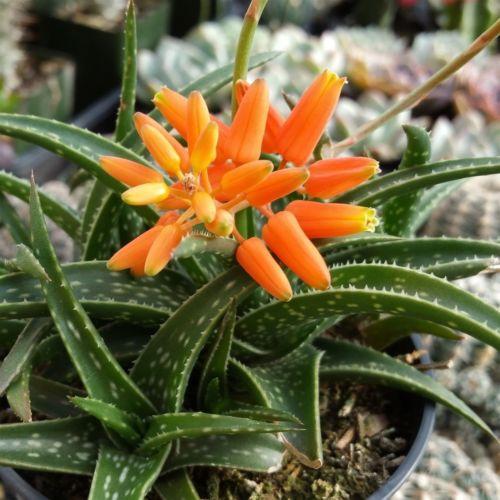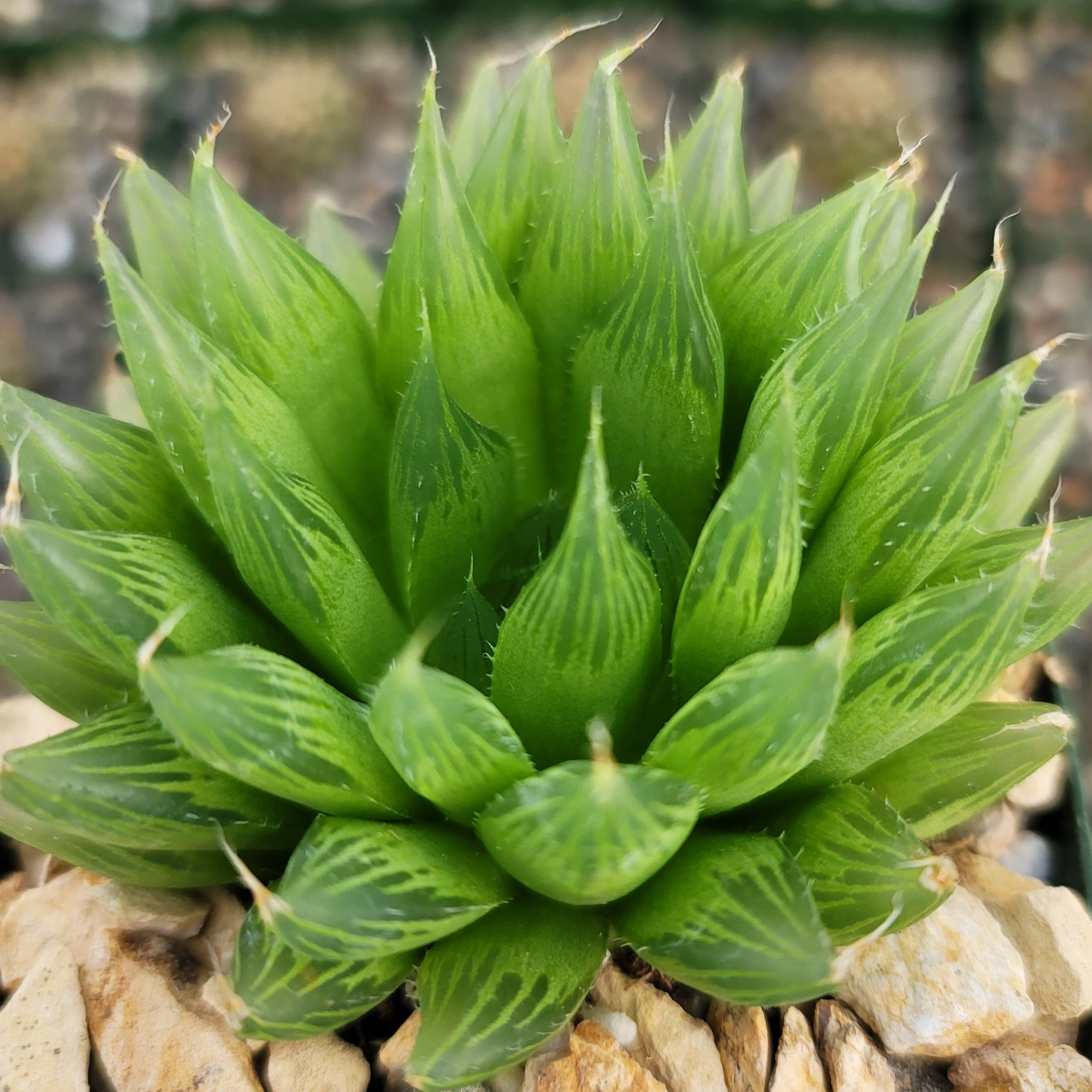Succulent and Cactus Soil Guide
Updated: January 28, 2025

Succulent and Cactus Soil Guide
Once you’ve figured out how to properly water your plant, the next most important thing you can do for it is to put it in the correct soil.
With a great soil mix, you not only provide your plants necessary nutrients and anchorage but help to prevent root rot! In this article we are going to help you prepare your plants for future success by setting the roots right today.
Do succulents and cacti need a special kind of soil?
It’s not “special”, per se, but it is different than regular potting soil.
Most houseplants enjoy a nice, loamy soil – that’s dirt with lots of organic matter in it. Organic matter is material that was once living such as peat moss, coconut coir, or bark shreds. Organic matter is useful because it supplies nutrients as it decomposes, but mostly because it holds moisture really well.
The dangers of moist soil.
That makes loam, and organic matter, particularly bad choices for succulents. Succulents don’t want to be in wet conditions for prolonged periods since they are prone to root rot.
While all plants are susceptible to root rot, succulents have it worse than most. They are adapted to live in arid climates where moisture doesn’t stick around for long. Their roots greedily cling to every bit of moisture, and if it doesn’t go away quick enough, they drown.
Root rot itself is an interesting disease. Plants breathe through their roots as much as through their leaves (or more). That’s why loose soil, aerated soil is so important. You can imagine, then, that when the soil and roots are soaking wet that not much air is getting through. They can only hold their breath for so long.
If it doesn’t dry up, the roots die. The rot continues up through the stem and it’s almost impossible to save the plant at that point. That’s why we always use fast draining soil for succulents.
Defining quick-draining soil.
The objective of quick draining soil is to allow the plant to drink water while it is being watered, and for a short while afterwards… then for the soil to dry out as quickly as possible.
There is no strict definition for fast draining, but a good rule of thumb is that it should be totally dry within one to one and a half days. You can test to see if it’s dry by sticking your finger an inch into the dirt. It should feel both dry AND warm. If it’s “cooler” than the surrounding air, it’s probably actually slightly damp.
So, how do we get this quick-draining soil?
What to look for when buying succulent and cactus soil?
You can buy specially-made succulent and cactus soil at most garden stores (or here at Planet Desert!). Planet-Desert cactus Blend
Much like when you’re shopping for food, you should check the ingredients on a bag of soil when you’re buying it. You’ll want to check to see if there are any organic matter or moisture retention additives. Here are some common ones to check for:
- Coconut coir
- Peat moss
- Bark shreds
- Vermiculite
- Manure
- Straw
- Compost
- Sphagnum moss
- Clay
If you see any of these in the ingredients list, think twice before buying. Inexplicably, some popular soil brands will include peat moss in their succulent soil – it’s not a deal breaker, but it’s not optimal either. You can use a commercial succulent soil mix and be confident that is an acceptable choice.
If you want to go the extra mile and have a really fantastic soil mix, you might want to blend your own!
How to mix your own succulent and cactus soil.
There’s no universal answer to succulent and cactus soil. Every plants’ needs are a little different and they come from different environments each with their own unique soil characteristics.
That being said, you can pretty easily mix up a blend that will work great for 95% of succulents. In fact, you probably already have the ingredients at home! Here’s the secret recipe:
- 2 parts potting soil – This can be any kind of soil, although you should stay away from compost-heavy mixes and the like. It’s okay if there is some organic matter, since we will dilute it, but you don’t want to drown your succulent in peat moss. Any standard commercial potting soil works, we recommend you go with one of the ones marketed as succulent soil for a little extra boost.
- 1 part perlite – This is key. Perlite is a relatively large particle made out of volcanic glass. It’s “puffed” using the same heating process as puffed grain cereals, which introduces a lot of air pockets. Perlite encourages airflow in the soil, prevents soil compaction, and promotes drainage.
- 1 part grit – You could make an argument that perlite is grit, and you would be mostly right. However, in this context, grit us used to mean other inorganic particles of varying sizes. You should include some small gravel chunks, large-particle sand (like builder’s or playground sand), or actual chicken grit. These varying sizes help to break up soil and prevent compaction.
This is the recipe we use to ensure that there is just enough moisture to keep the roots from drying out, but not so much as to cause root rot. There’s a little organic matter to provide nutrients and reduce the need for fertilizer, but also enough inorganic matter to balance out the water retention.
Be sure not to confuse perlite and vermiculite. It’s a common mistake for beginners, but the two soil additives do the exact opposite. Vermiculite acts like a sponge and absorbs water, whereas perlite helps air to flow through the soil and evaporate it.
Quick-Draining Soil and Drainage
It’s worth noting that there’s no point in having well-draining soil if your plant isn’t in a well-draining pot. You can have the best succulent soil mix in the world, but if the water has nowhere to drain to it’s still going to stay in the container.
That goes for “drainage layers” too. Putting rocks or gravel at the bottom of a container doesn’t create drainage because, again, the water doesn’t go anywhere. It pools down there until it overflows back into the soil or it slowly evaporates over time – you guessed it – back into the soil.
While it’s possible for a succulent or cactus to survive in a container without drainage, it’s not easy. Set your plant up with fast-draining soil and a pot with drainage holes and it will be happy and healthy.
Do you have any questions about succulent and cactus soil? Do you need clarification on appropriate soil amendments? Even better, do you have a soil recipe you’d like to share?? Tell us below in the comments!























